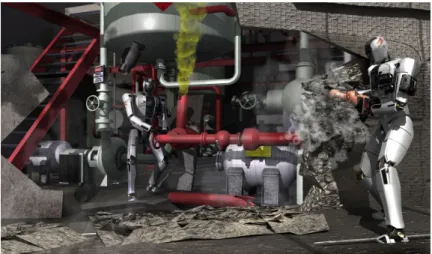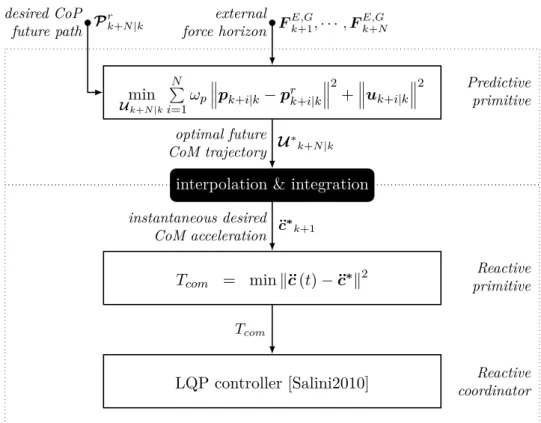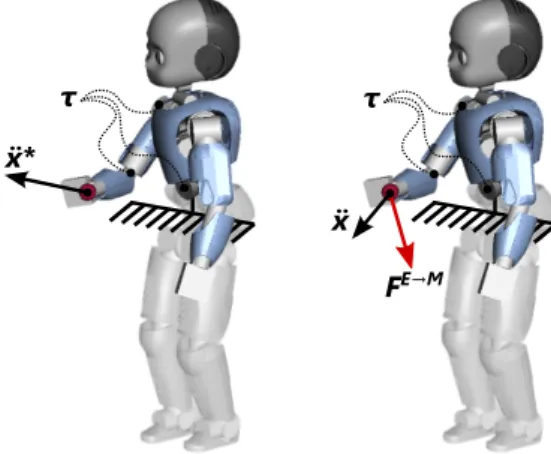en fr
Texte intégral
Figure
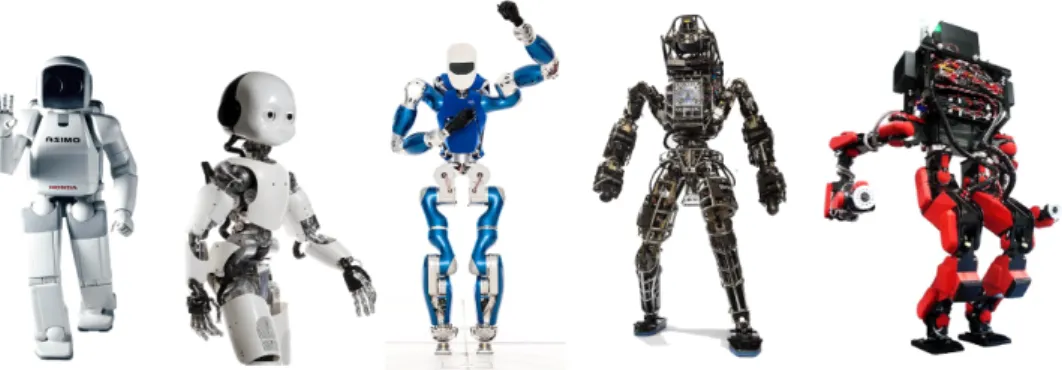
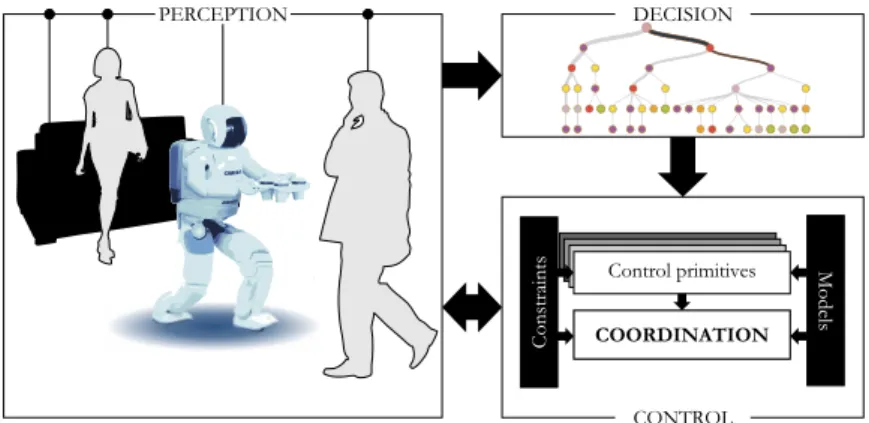
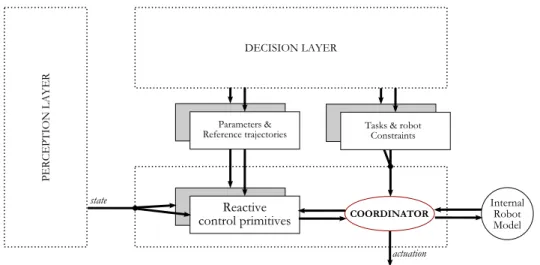
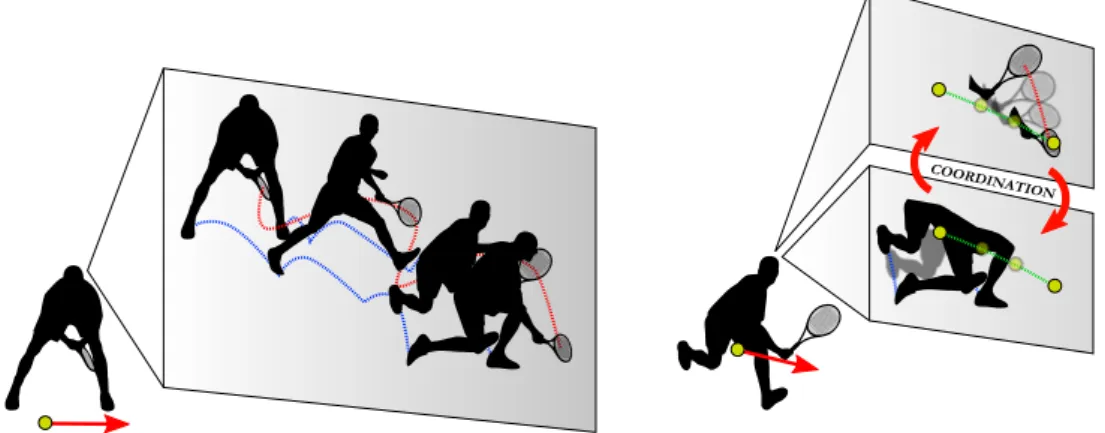
Documents relatifs
Comparison of the convergence rates of the TIM and the SOA in the case of the steady geometries shown in Figure 2, for parameters that lead to about the same error in the estimation
In this paper a deep study of a space launcher control problem during the atmospheric stage has been done. The manufacturer specifications are translated to suitable LMI con-
Figure 17 : localisation artérielle de pseudo-anévrisme chez 14 patients atteints de pancréatite aigue et traités par embolisation endoscopique entre 2000 et 2013 dans la plus
For the first sub-problem genetic algorithms (GA) are often applied and usually handle binary vectors rep- resenting the solutions of the commitment problem.Then the solutions
Using Bishop’s approximation (Bishop, 1995) of the objective function when a restricted type of noise is added to the input of a parametric function, we derive the higher order terms
Radiative transfer simulations are based on a Look-Up Table (LUT) that includes simulations for a many different aerosol models for various aerosol types including biomass
He mentions current texts and journals which he endorses and gives a final push for be havior modification, emphasizing that this technique can operationally be
Using a lattice- based signature in message-recovery mode is quite generic (i.e it does not depend on the structure of the message), and so it may be used in AKE constructions that



